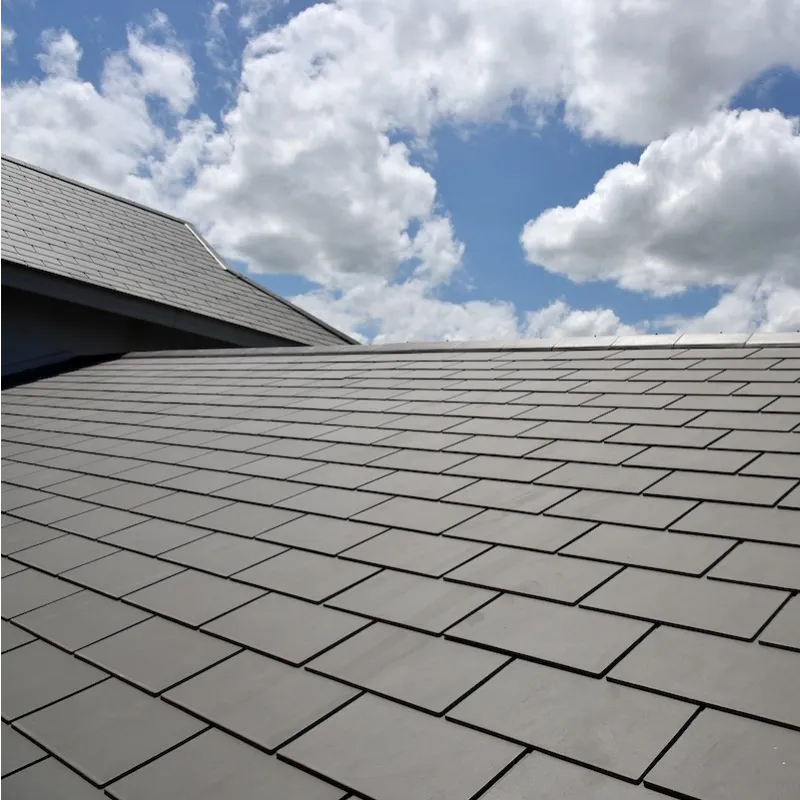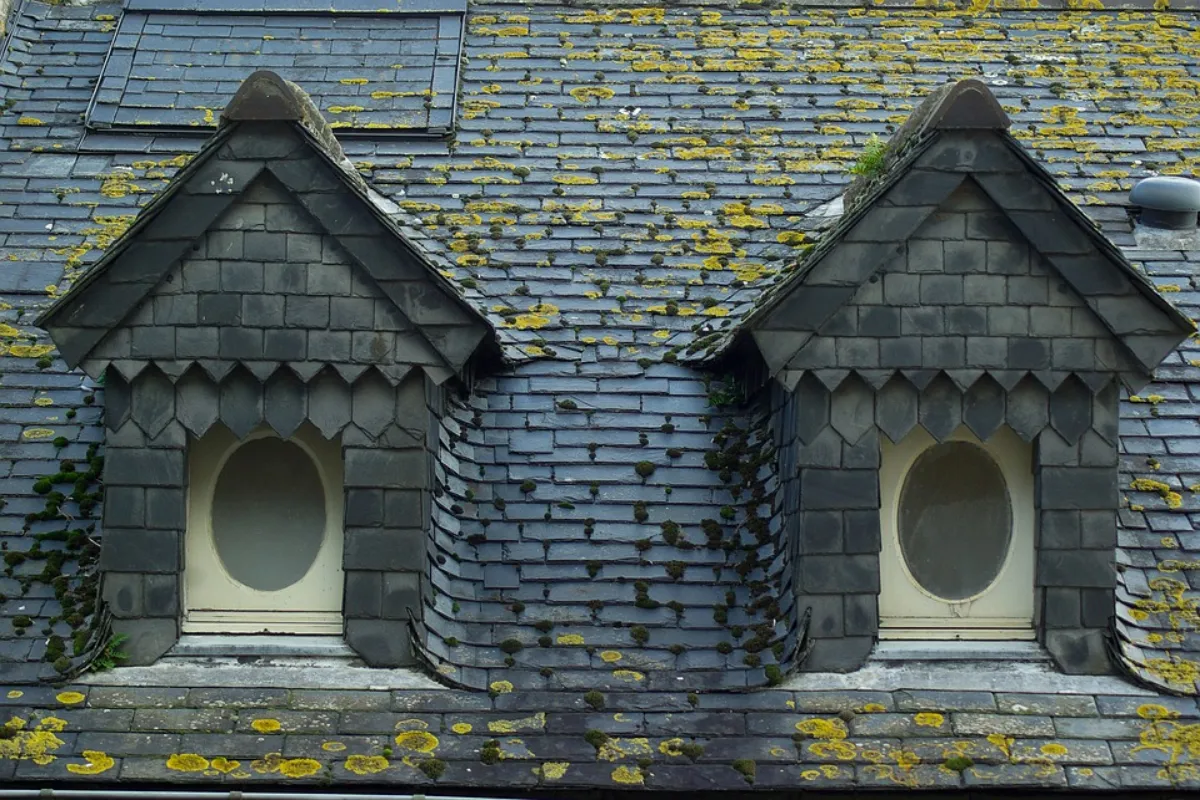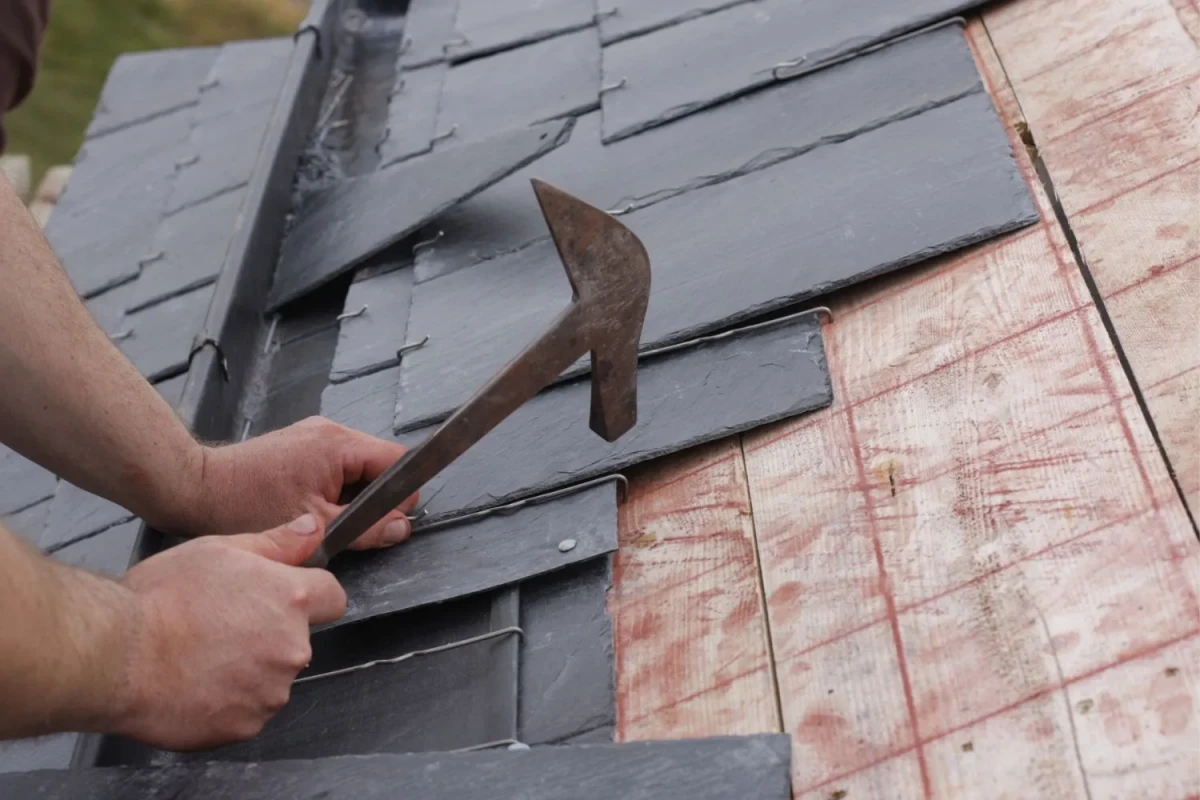What Is the Difference Between Eleven Different Material Roof Tiles?
When faced with important events in life, many people will choose professional companies or service platforms to cooperate, so that they can make up for their lack of professionalism as much as possible, and it is equivalent to an insurance for the quality of the house. Building a house is actually nothing more than three major aspects: design, construction, and building materials. Both design and construction can seek professional teamwork, but the choice of building materials is relatively independent and requires more homework.
Taking the tile materials commonly used in roofing construction as an example, there are often owners who do not know how to choose a variety of products with various materials. Today, I will introduce related precautions to you.
In the building materials mall, owners have a lot of room to choose roofing materials. There are all kinds of materials in various sizes, but different roofing materials have their own unique characteristics. They are often affected by the roof type, project site environment and maintenance costs. Budget constraints and implications. Most people may not understand that the current roofing materials are not only used to drain water and reduce damage such as sun exposure and wear of low-rise buildings, but also play an important role in creating a special acoustic environment.
“Tile” is suitable for different types of sloping roofs, has good drainage and waterproof performance, relatively low production cost, and is made of different materials, usually consisting of the upper part of the uppermost layer that collects and guides rainwater and a cover that connects pipes The lower part is composed. Roof tiles are most commonly found in low-density residential areas.
1. Terracotta
Terracotta tiles are common in both curved and flat forms, each corresponding to a different connecting member, made by firing a clay mixture at high temperatures. Terracotta tiles have poor load-bearing capacity, but are fire-resistant, durable, and inexpensive to maintain.
2. Glazed tiles
Glazed tiles are tiles made by covering glaze on terracotta tiles. This kind of tile can reflect or absorb light radiation through different colors and coatings on the glaze layer, and the glaze layer can also make it have better waterproof and wear resistance than ordinary terracotta tiles, but the cost will be more expensive.
3. Cement tile
Cement tiles have better mechanical properties, better weight and lower water absorption than terracotta tiles. Due to its good anti-fog and windproof performance, this kind of tile is more suitable for use in low temperature climate areas.
4. Glass tile
Glass tiles are a recyclable material and are durable. The tiles are usually placed on a black nylon base, which can reduce heat consumption by absorbing and transferring heat energy to form air circulation under the roof tile.
5. PVC (polyvinyl chloride plastic) roof tiles
The tile is lightweight, corrosion-resistant, and has a dense, smooth surface that is non-absorbent, making it easy to clean up. It is suitable for many different designs and different scales. Generally, its single sheet size is larger than traditional tiles, so the paving efficiency is often higher.
6. PET (plastic) roof tiles
This is an environmentally friendly material, processed from recycled PET plastic bottles, which is lightweight, economical and biodegradable.
7. Metal tile
Metal tiles are light in weight and easy to install, but this kind of roofing material usually has poor thermal insulation performance, and oxidation and corrosion problems also need to be considered according to the type of metal and the skin.
8. Asphalt shingles
Such tiles typically include bituminous lamination and performance-enhancing ingredients, such as ceramic granules, and are available in different thicknesses and types of designs. Its service life is shorter than other materials, but it is more economical.
9. Solar roof tiles
Although the installation and production costs of this tile are relatively high, it can use solar energy to generate electricity and is suitable for areas with sufficient sunlight.
10. Wooden shingles
The shingles preserve the original acoustic properties of the building, but their installation requires great precision. Due to climatic factors, it is susceptible to the corrosion and wear of biological reagents, but its overall durability is better.
11. Slate tiles
Slate tiles, as the name suggests, are tiles made of flat stone and come in different sizes and shapes. This kind of tile is generally used on steep sloping roofs, so in order to ensure drainage performance, the accuracy of anchoring must be ensured.
2023-06-30





